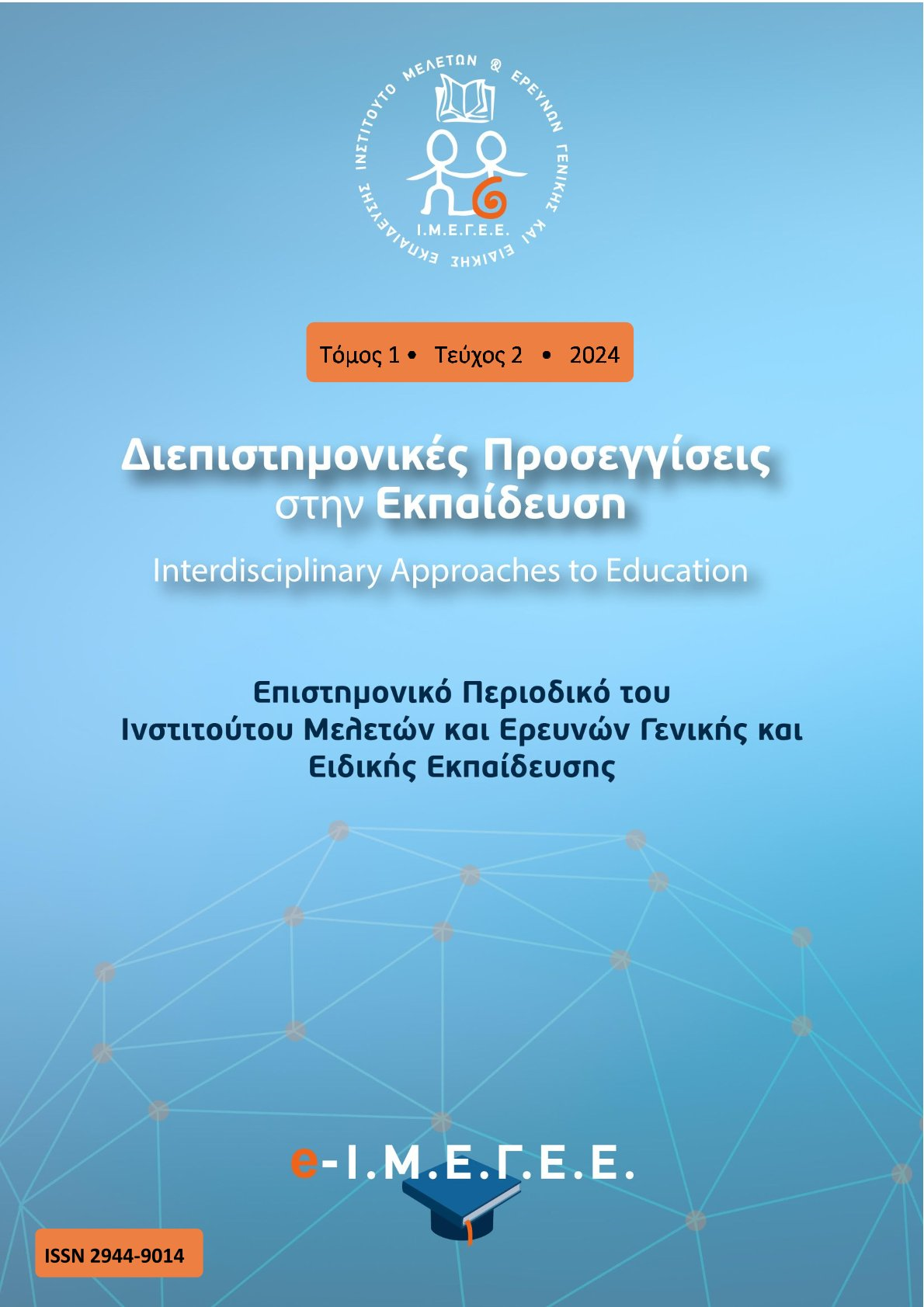Supporting and educating children with visual impairments at school and home
Abstract
This paper addresses the treatment and management of children with visual impairments in school and at home, focusing on the need for customized strategies that enhance education, development, and daily life for these children. It emphasizes the importance of understanding the various forms of visual impairment to develop an open and accessible educational environment, as well as examines the challenges faced by children with visual impairments and their impact on learning, social interactions, and independence. It highlights the need to create an inclusive school environment where educators adopt tailored teaching methods, utilizing technology to make learning accessible and simultaneously enhancing students' social inclusion. The importance of technological aids and tools that allow students with vision problems to access education and be independent is discussed. Finally, the need for adjustments in curricula and teaching to meet the learning style and needs of the students is showcased. It suggests supporting transition and independence through design and strategies that encourage autonomy and school-family collaboration. The role of families in creating a supportive environment for children with vision problems, providing encouragement, and emotional support, is also emphasized.
Article Details
- How to Cite
-
Pasxou, A., & Μαστροθανάσης Κ. (2024). Supporting and educating children with visual impairments at school and home. Interdisciplinary Approaches to Education, 1(2). https://doi.org/10.12681/.36621
- Section
- Articles
Ενημέρωση για τα πνευματικά δικαιώματα
Οι συγγραφείς των άρθρων που δημοσιεύονται στο περιοδικό διατηρούν τα δικαιώματα πνευματικής ιδιοκτησίας επί των άρθρων τους, δίνοντας στο περιοδικό το δικαίωμα της πρώτης δημοσίευσης. Άρθρα που δημοσιεύονται στο περιοδικό διατίθενται με άδεια Creative Commons 4.0 και σύμφωνα με την άδεια μπορούν να χρησιμοποιούνται ελεύθερα, με αναφορά στο/στη συγγραφέα και στην πρώτη δημοσίευση για μη κερδοσκοπικούς σκοπούς και με δικαίωμα τροποποίησης μόνον με παρόμοια διανομή (αν αναμείξετε, τροποποιήσετε, ή δημιουργήσετε πάνω στο υλικό, πρέπει να διανείμετε τις δικές σας συνεισφορές υπό την ίδια άδεια όπως και το πρωτότυπο).
Απαγορεύεται η αντιγραφή, αποθήκευση και διανομή της παρούσας εργασίας, εξ’ολοκλήρου ή τμήματος αυτής, για εμπορικό σκοπό. Επιτρέπεται η ανατύπωση, αποθήκευση και διανομή για σκοπό µη κερδοσκοπικό, εκπαιδευτικής ή ερευνητικής φύσης, υπό την προϋπόθεση να αναφέρεται η πηγή προέλευσης και να διατηρείται το παρόν µήνυµα. Ερωτήματα που αφορούν τη χρήση της εργασίας για κερδοσκοπικό σκοπό πρέπει να απευθύνονται προς τους συγγραφεα-είς. Οι απόψεις και τα συμπεράσματα που περιέχονται σε αυτό το έγγραφο εκφράζουν το-ους συγγραφέα-είς και δεν πρέπει να ερμηνευθεί ότι αντιπροσωπεύουν τις επίσηµες θέσεις του Ινστιτούτου Μελετών και Eρευνών Γενικής και Ειδικής Εκπαίδευσης (Ι.Μ.Ε.Γ.Ε.Ε.).
Copyright notice
Authors retain copyright and grant the journal right of first publication with the work simultaneously licensed under a Creative Commons Attribution NonCommercial License that allows others to share the work with an acknowledgement of the work's authorship and initial publication in this journal.



